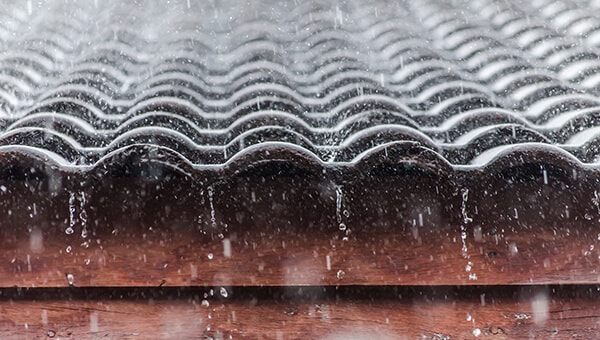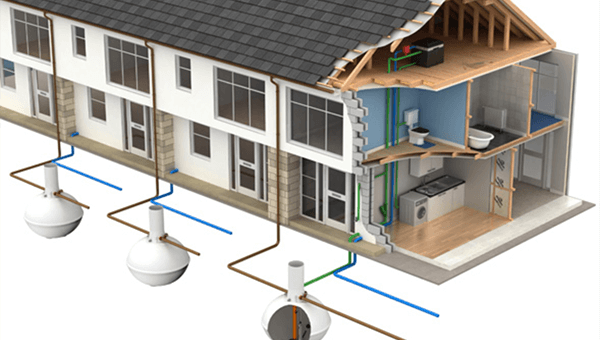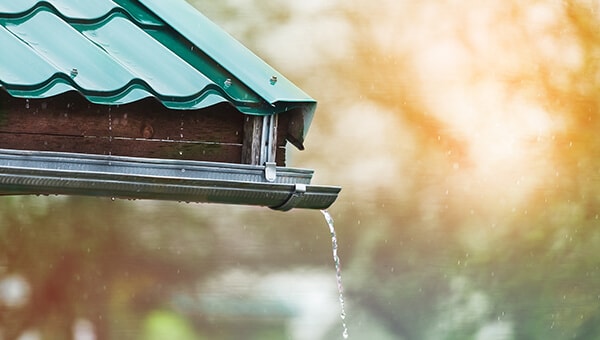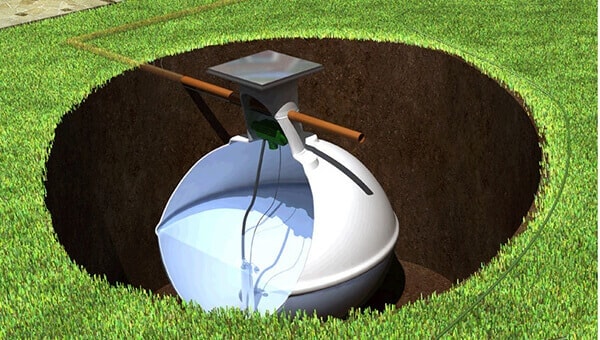Rainwater harvesting involves collecting and storing rainwater during heavy periods of rainfall in tanks or reservoirs, for later use, sometimes in periods of drought or water scarcity. In today’s current climate, with rapid temperature changes, weather can go from one extreme to the other, meaning rainwater harvesting is becoming an increasingly more important way to save and reuse water during dry periods.
How does rainwater harvesting work?
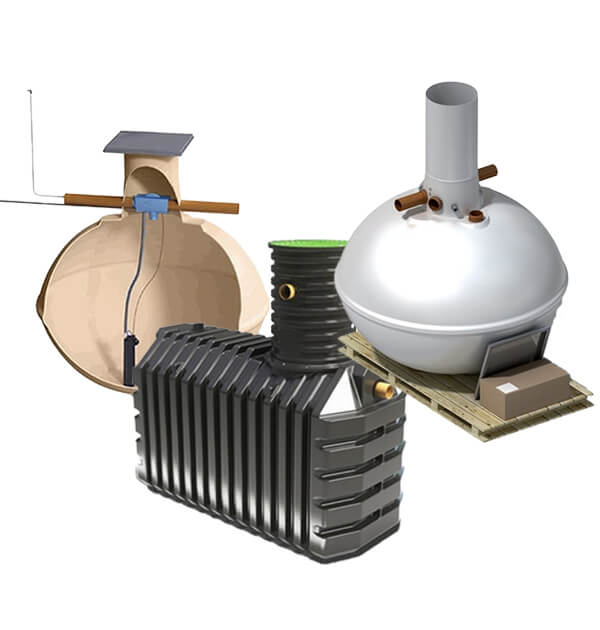
Rainwater harvesting systems collect and capture rainwater which runs off large surfaces such as roofs and stores it in tanks which can be underground, such as Raintraps and Aquabanks, or above ground harvesting tanks like water butts in gardens or larger tanks around farm buildings.
For underground systems, the water is then filtered and can be pumped directly to household appliances, or it can go to a header tank which is usually kept in your loft. If you have an above ground system, such as a water butt, this is a much simpler process; rainwater will run off rooftops and through gutters and pipes into the water butt, where it is then stored until needed for non-potable uses like watering plants or washing cars.
Why is rainwater harvesting important?
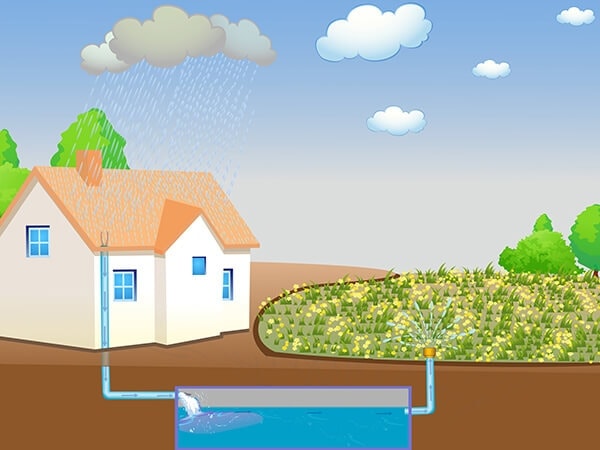
As our climate continues to change and weather becomes unpredictable, it is important to take advantage of times of heavy rainfall; collecting and storing this water to use during dry periods where mains water becomes a precious resource and no longer fulfills the needs of the growing population.
As we all become more aware of our environmental impact, rainwater harvesting is becoming increasingly sought after by both the general community and the bigger commercial corporations as a way of protecting the environment and making the most of its natural resources.
Environmental factors aside, rainwater harvesting is also important for individuals to save money; capturing this free resource. As water companies continue to increase prices due to population size, water shortage and high demand, using rainwater for domestic non-potable practises is an easy way to reduce your water expenses.
Can rainwater harvesting be used for…
Drinking water
As a general rule, most rainwater which runs through a rainwater harvesting system is not suitable for drinking or for use in the kitchen and is non-potable. This is because, the source of this water is likely to have come from your roof, where it may have picked up pollutants such as bird faeces, or car fumes etc.
However, if a suitable filtration treatment system is in place, you are able to make the rainwater suitable for drinking. These systems must have a filter which removes particles more than 5 microns (diameter) and can treat the water with ultraviolet light sterilisers which kill the microorganisms, making it safe for drinking.
Showers
As most rainwater is classed as non-potable, the water stored in rainwater harvesting systems cannot be used for showers/baths (with the exception of water treated through a specific filtration system, see above.)
Irrigation and gardening
Rainwater from rainwater harvesting systems can be used for irrigation and can save a lot of money in the process, with mains supply water being a big expense for a lot of growers. Rainwater has been used to grow crops and plants for centuries, so it is perfectly safe to use for this purpose.
Businesses
Businesses can benefit greatly from installing rainwater harvesting, using the thousands of litres of rainwater that otherwise would flow down the drain. As consumers need for environmentally focussed companies grows, using a rainwater harvesting system in your business not only saves you money but addresses the demand for better environmental practices in today’s world.
Toilets
You are able to use rainwater to flush the toilet, if you have the right rainwater harvesting system. You can opt for a large underground gravity fed rainwater harvesting system, however this will require power to pump the rainwater to the cistern. These systems require a lot of maintenance and large excavation; however, these simply cannot be an option for a lot of people with existing properties who do not want to completely tear up their living space.
The other alternative is to use a gravity fed rainwater harvesting tank which allows only ground floor toilets to use rainwater for flushing.
Livestock
You are able to use rainwater collecting in rainwater harvesting systems to provide drinking water for livestock, although for many it is a personal preference. Watering livestock can be expensive with many cows and larger animals consuming tens of litres of water a day, so using rainwater is a cost-effective solution to conserve water, and your water bills!
While many livestock would naturally drink rainwater and the pollutants that occur in this, it is debatable whether a UV filtration system would be needed to remove these contaminants if they naturally occur. However, it's up to the individual to decide whether the risks of possible contamination, outweigh the cost and environmental benefits.


